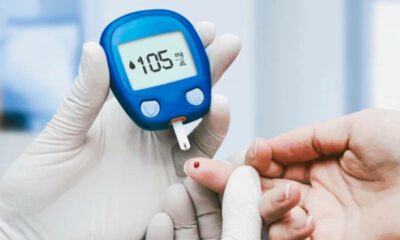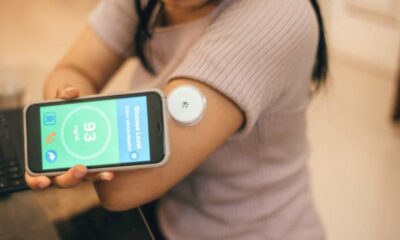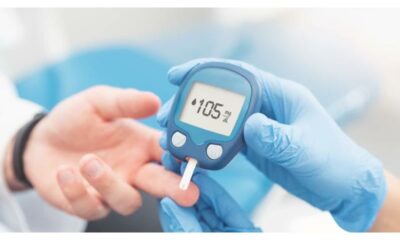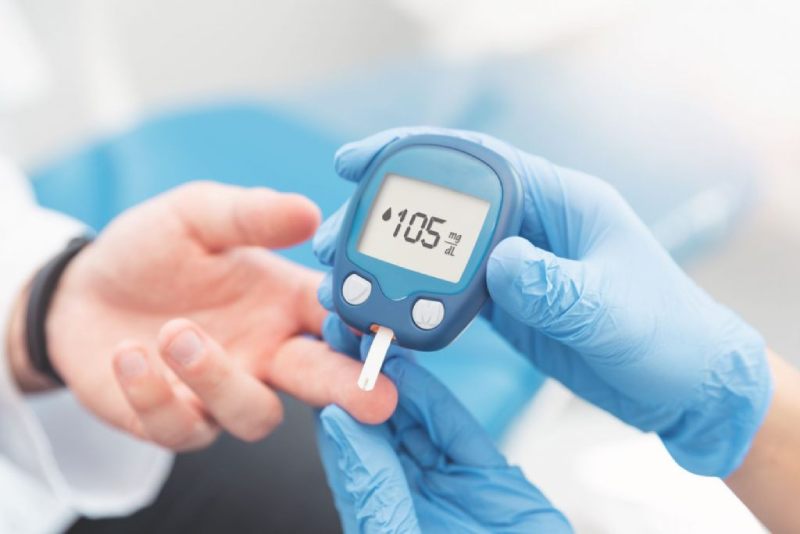Diabetes, a chronic condition characterized by high blood sugar levels, affects millions worldwide. While often associated with later stages, diabetes can develop silently, making early detection crucial. This comprehensive guide delves into the key symptoms of diabetes, empowering you to recognize potential issues and seek timely medical attention.
Unveiling the Culprit: Blood Sugar and Insulin
- The Role of Glucose: The primary source of energy for your cells, glucose enters the bloodstream from the foods you consume.
- Insulin: The Gatekeeper: Insulin, a hormone produced by the pancreas, acts like a key, unlocking the door for glucose to enter your cells and be used for energy.
- The Diabetic Disruption: In diabetes, either the body doesn’t produce enough insulin (type 1) or the cells become resistant to its effects (type 2). This disrupts the normal flow of glucose, leading to high blood sugar levels.
The Spectrum of Diabetes Symptoms
The severity and presentation of symptoms can vary depending on the type and stage of diabetes. Here’s a breakdown of the key signs to watch for:
- Urinary Frequency: High blood sugar levels can cause the kidneys to work overtime to eliminate excess glucose from the blood, leading to frequent urination.
- Excessive Thirst: The body attempts to compensate for fluid loss from frequent urination by triggering thirst, urging you to drink more fluids.
- Unexplained Weight Loss: When the body can’t access glucose for energy due to insulin deficiency, it starts breaking down muscle and fat for fuel, leading to unintended weight loss.
- Increased Hunger: Despite consuming enough calories, the body may not be able to utilize glucose effectively, leading to persistent hunger pangs.
- Blurred Vision: High blood sugar levels can damage the blood vessels in the eyes, causing blurred vision or difficulty focusing.
- Slow-Healing Wounds: Impaired blood flow and nerve damage associated with diabetes can impede the healing process, leading to slow-healing wounds, cuts, or ulcers.
- Fatigue and Weakness: When cells don’t have enough glucose for energy, it can lead to fatigue, tiredness, and a lack of energy.
- Skin Issues: Dry, itchy skin, especially around the groin area, can be a sign of high blood sugar levels and yeast infections.
- Tingling or Numbness: Nerve damage, a common complication of diabetes, can manifest as tingling, burning, or numbness in the hands and feet.
Beyond the Obvious: Atypical Symptoms
While the above symptoms are common, some individuals may experience less typical presentations:
- Fruity-Smelling Breath: In severe cases of type 1 diabetes, the body may resort to breaking down fat for energy, leading to a fruity-smelling breath.
- Genital Yeast Infections: Recurrent yeast infections in both men and women can be a sign of poorly controlled diabetes.
- Shortness of Breath: In severe cases of undiagnosed type 2 diabetes, ketoacidosis (a buildup of ketones) can occur, leading to shortness of breath.
- Blurred Vision Onset (Adults): Sudden onset of blurry vision in adults can be a warning sign of diabetic ketoacidosis.
When to Seek Medical Attention
If you experience any of the above symptoms, particularly if they are persistent or worsening, it’s crucial to seek medical attention promptly. Early diagnosis and intervention can significantly improve long-term health outcomes and prevent complications.
Exploring Diagnostic Tools
Your doctor will likely use a combination of tests to diagnose diabetes:
- Fasting Plasma Glucose (FPG) Test: Measures blood sugar levels after not eating for at least 8 hours.
- Hemoglobin A1c (HbA1c) Test: Provides a more comprehensive picture of average blood sugar control over the past 2-3 months.
- Oral Glucose Tolerance Test (OGTT): Involves drinking a sugary beverage and then measuring blood sugar levels at specific intervals.
Beyond Diagnosis: Taking Control of Your Health
Once diagnosed, a personalized management plan will be developed, potentially including:
- Dietary Modifications: Focusing on whole, unprocessed foods, including fruits, vegetables, whole grains, and lean protein, is crucial.
- Weight Management (if needed): Losing even a moderate amount of weight can significantly improve blood sugar control.
- Physical Activity: Regular exercise helps the body utilize insulin more effectively and lowers blood sugar levels.
- Medications: Depending on the type and severity of diabetes, medications like insulin or oral medications may be prescribed.
- Blood Sugar Monitoring: Regularly monitoring blood sugar levels at home allows you to track progress and adjust your management plan as needed.
Empowering Yourself: A Proactive Approach
A diabetes diagnosis doesn’t have to define your life. With a proactive approach, you can manage your condition effectively and live a full, healthy life. Here are some key strategies to consider:
- Knowledge is Power: Educate yourself about diabetes, its management, and potential complications. Talk to your doctor, join a support group, or consult reliable online resources.
- Embrace a Healthy Lifestyle: Focus on whole, unprocessed foods, portion control, and regular physical activity. These lifestyle changes can significantly improve blood sugar control and overall health.
- Build a Support System: Surround yourself with supportive family, friends, and healthcare professionals. They can be a valuable source of encouragement and motivation.
- Stress Management: Chronic stress can elevate blood sugar levels. Practice relaxation techniques like yoga, meditation, or deep breathing to manage stress effectively.
- Prioritize Quality Sleep: Aim for 7-8 hours of quality sleep each night. Sleep deprivation can disrupt hormones that regulate blood sugar.
Building a Sustainable Routine
- Start Small and Gradually Increase: Don’t overwhelm yourself with drastic changes. Introduce small, sustainable modifications to your diet and exercise routine that you can maintain long-term.
- Celebrate Non-Scale Victories: Focus on how you feel and the positive changes you’re making, not just the numbers on the scale. Celebrate improvements in energy levels, reduced cravings, and better sleep.
- Prepare for Challenges: Life throws curveballs. Be prepared to adapt your routine during travel, holidays, or stressful times. Utilize healthy coping mechanisms to stay on track.
- Find Your Balance: Live a balanced life. Allow yourself some occasional indulgences while maintaining overall healthy habits.
Conclusion
Understanding the key symptoms of diabetes empowers you to seek early diagnosis and take control of your health. By implementing a proactive management plan, embracing a healthy lifestyle, and building a strong support system, you can live a long, fulfilling life with diabetes. Remember, you are not alone on this journey. With knowledge, support, and a positive attitude, you can thrive with diabetes.

 Diabetology2 weeks ago
Diabetology2 weeks ago
 Diabetology2 weeks ago
Diabetology2 weeks ago
 Diabetology2 weeks ago
Diabetology2 weeks ago
 Diabetology1 week ago
Diabetology1 week ago
 Diabetology2 weeks ago
Diabetology2 weeks ago
 Diabetology1 week ago
Diabetology1 week ago
 Diabetology2 weeks ago
Diabetology2 weeks ago
 Diabetology1 week ago
Diabetology1 week ago







